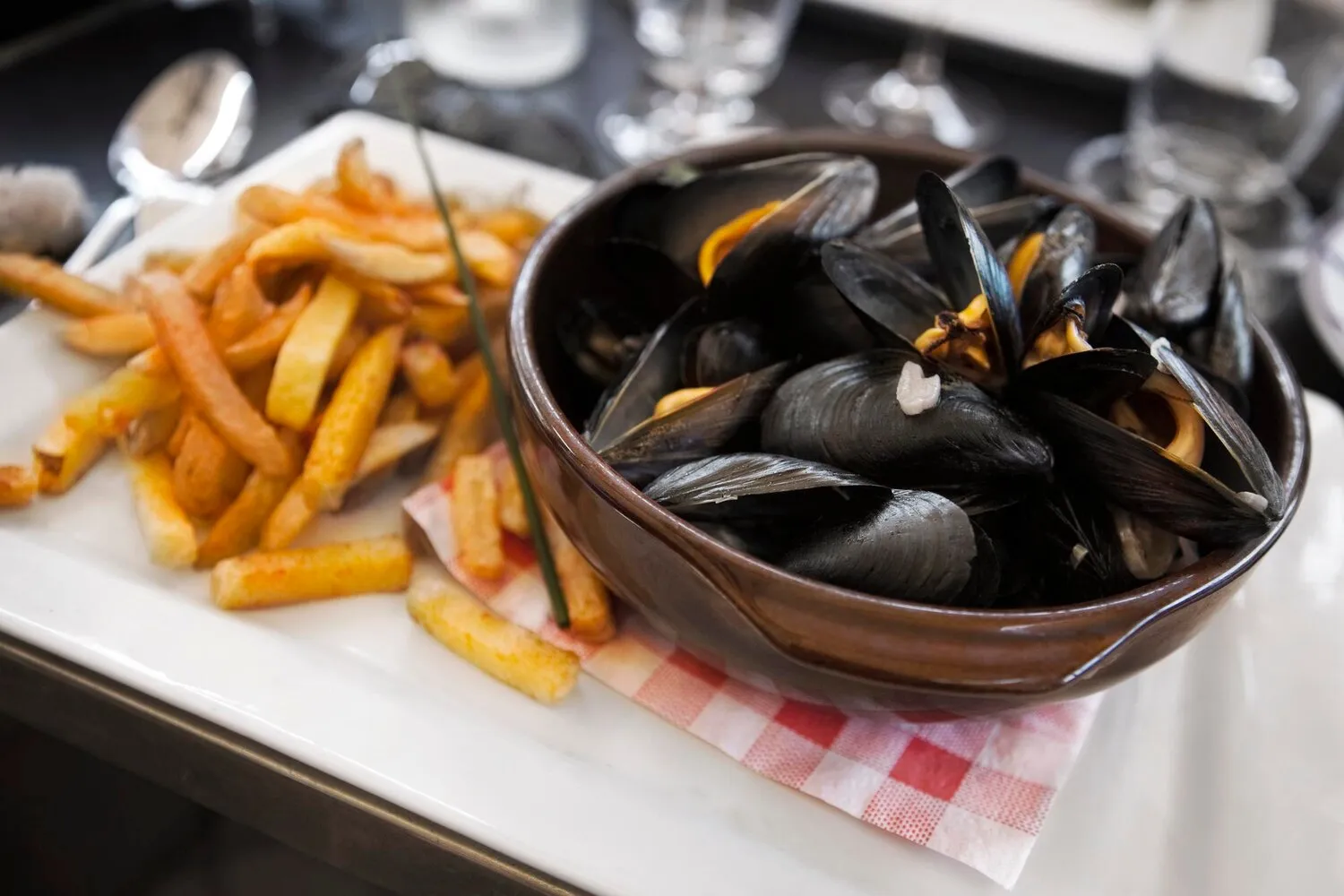
Carbonade Flamande
A traditional Belgian beef stew, slow-cooked in beer, onions and spices.
Nutrition Facts
* The % Daily Value (DV) tells you how much a nutrient in a serving of food contributes to a daily diet. 2,000 calories a day is used for general nutrition advice.
Carbonade Flamande, like many hearty stews, likely evolved from peasant cooking, utilizing readily available ingredients like inexpensive cuts of beef, onions, and locally brewed beer to create a filling and flavorful meal. Its roots are intertwined with the brewing traditions of Flanders and the ingenuity of cooks seeking to maximize flavor from simple ingredients.
Carbonade Flamande is a quintessential Belgian dish, often considered a comfort food staple. It's frequently found on the menus of traditional restaurants and served at family gatherings, representing Belgian culinary heritage and hospitality.
Flemish Identity
Carbonade Flamande is strongly associated with the Flemish region of Belgium, reflecting the culinary traditions and ingredients specific to that area. It's a source of regional pride.
Beer Culture
The dish highlights Belgium's renowned beer culture, showcasing how beer can be used not only as a beverage but also as a key ingredient in cooking, adding unique flavors and depth to dishes.
Family Gatherings
Similar to other hearty stews worldwide, Carbonade Flamande is often prepared in large quantities and shared amongst family and friends, symbolizing warmth, togetherness, and the importance of communal meals.
Carbonade Flamande boasts a rich, savory, and slightly sweet flavor profile. The beer contributes depth and complexity, while the onions provide sweetness and umami. Spices like thyme and bay leaf add aromatic notes.
The primary flavor component is the deeply savory beef, which becomes incredibly tender during the slow cooking process. The beer, typically a Belgian Dubbel or brown ale, imparts malty, caramel-like notes and a subtle bitterness that balances the sweetness of the onions and brown sugar (or pain d'épices). Mustard and vinegar add a touch of acidity to cut through the richness. The spices enhance the overall aroma and complexity.
Beer Selection
Choose a good quality Belgian Dubbel or brown ale for the best flavor. Avoid overly hoppy beers, as the bitterness can become overpowering during the long cooking time.
Browning the Beef
Properly browning the beef is crucial for developing a rich, deep flavor. Don't overcrowd the pan, and allow the beef to sear and caramelize before turning it.
Slow Cooking is Key
The slow cooking process is essential for tenderizing the beef and allowing the flavors to meld together. Low and slow is the way to go, whether in a Dutch oven on the stovetop or in a slow cooker.
Mustard Choice
Use a Dijon or grainy mustard for best results. This adds a pleasant tang that complements the richness of the stew.
Adding Pain d'Épices (Spice Bread)
Many recipes call for pain d'épices (spice bread), adding a subtle sweetness and thickening the sauce. If unavailable, you can use brown sugar or a slice of rye bread spread with mustard.
Explore additional Traditional Belgian dishes and restaurants
Explore Traditional BelgianDiscover top dining spots and culinary experiences in Liège.
Explore LiègeLearn more about the food culture, restaurant scene, and culinary heritage of Belgium.
Explore Belgium